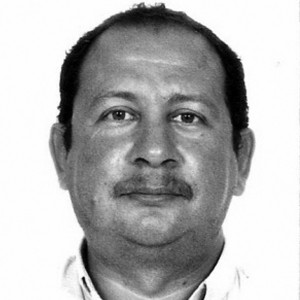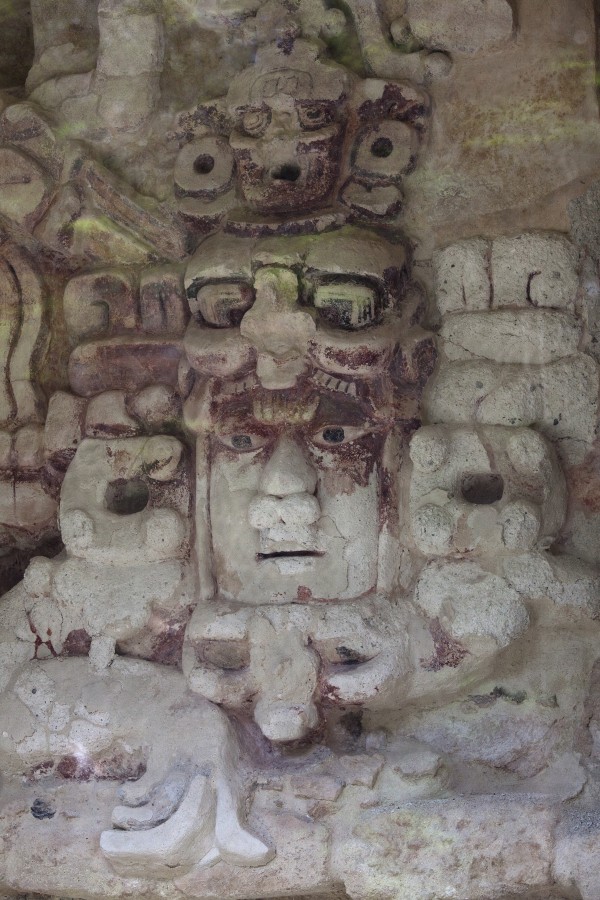Large stucco masks of the “earth monster” or Itzamná, the Maya god of creation, can be observed on the façades, which are so profusely decorated with scrolls and ornamentation that almost no space is left empty. The masks on the façades display a northern influence, specifically of the Chenes, a region with which Becán had close ties.
This decoration can be one of three types: zoomorphic façade masks that are partial, integral or cascading; in the latter cases these flank the main entrances. For example, in Structures IV and X, there are still clear traces of these masks in stone mosaic, with symbolic depictions of wind, life and germination, as well as the duality of life and death. The ear flares have three elements: the central one is that attached at the upper part in the shape of a sprouting maize leaf, while the lower element shows a small bone.
Palace complexes at each end of Structure X would have been residences for the ancient city’s most important inhabitants. Indeed, in one of them we can see an older structural phase which still retains a stucco mask, painted mainly in red and black, representing a high-ranking official and his existence in the afterworld.
We can also find a pair of parallel structures that form the ballcourt, where life and death were in play, as well as a portal for communicating with the underworld. Also, a 216-foot-long tunnel provides a communication between the two groups of buildings, which may have been the site of processions and ceremonies led by Becán’s high priests.
The ancient Maya city of Becán has a large number of buildings and invaluable cultural artefacts that are particularly representative of the southern area of Campeche known as the Río Bec region. It is the most outstanding archeological site in this area that has been left to us by our ancestors, for people to visit from near or far, thanks to the respect for architectural heritage expressed in its protection and conservation.







